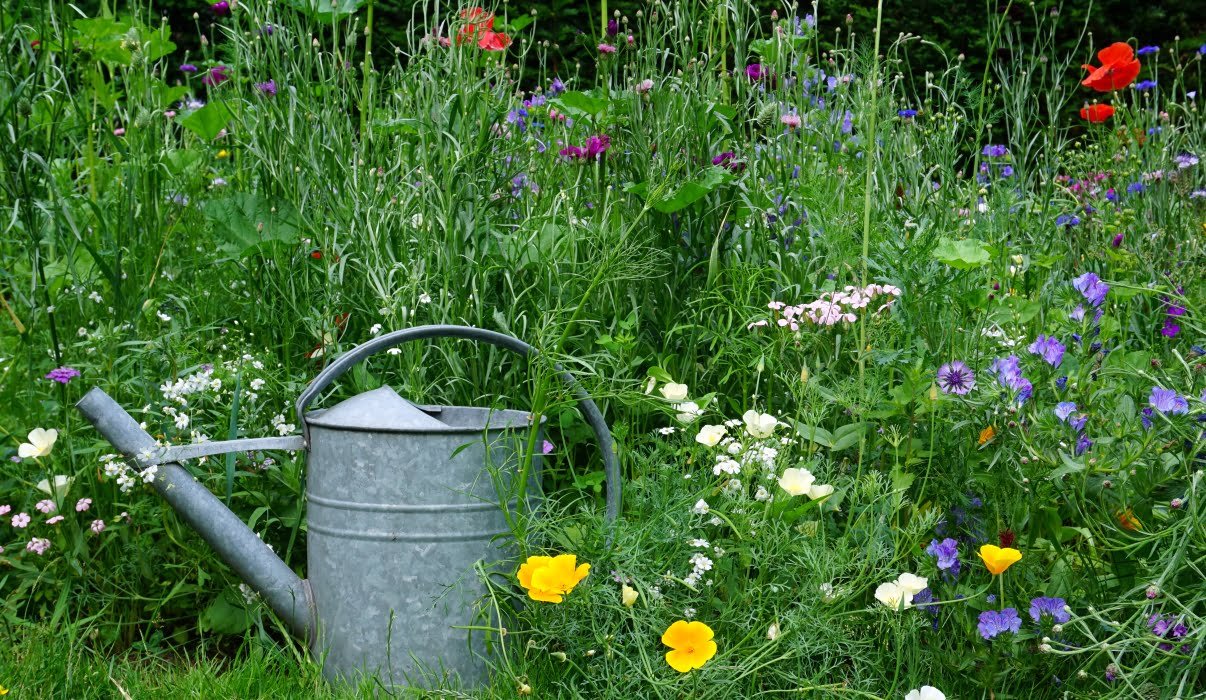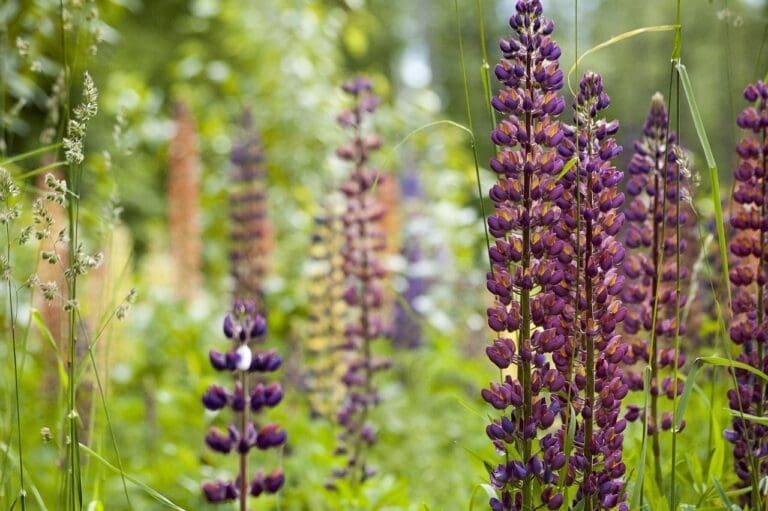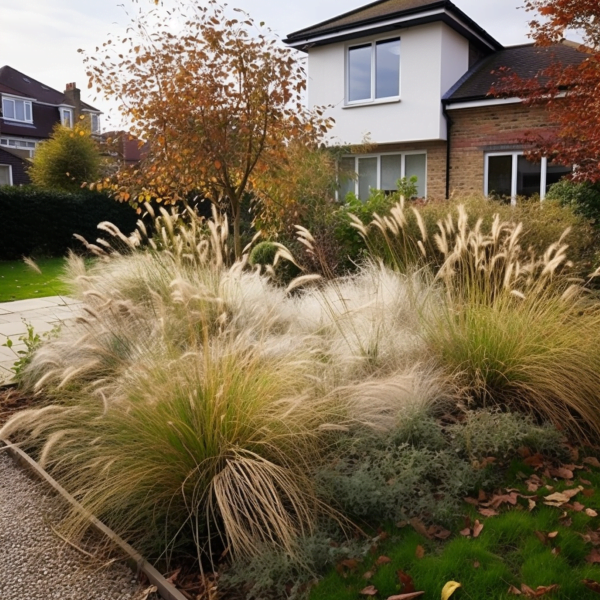Wild gardens are becoming increasingly popular, but are wild gardens just a trend? or here to stay? In this in-depth blog post, we’ll examine the history of garden styles, the nature of trends, and the future of wild gardening.
This post contains affiliate links which means we may make commission from any qualifying sales with no extra cost to yourself.
What is a Wild Garden?

Before analysing wild gardens as a trend, let’s start by understanding what exactly they are. A wild or naturalistic garden embraces nature rather than trying to control it. The aim is to create a space that provides habitat and food sources to support local wildlife.
Key features include:
-
Native plants suited to the local environment.
-
Less manicured, more natural looking spaces.
-
Greater biodiversity, prioritising ecological health.
-
Sustainability practices like rainwater harvesting.
-
Natural materials and features like ponds, logs, and stone.
-
Allowing plants to self-seed and spread naturally.
The result is an organic, evolving garden in harmony with nature. It stands in contrast to formal gardening styles that aim to exert control through meticulous design.
The Historical Context – Are Wild Gardens just a Trend?
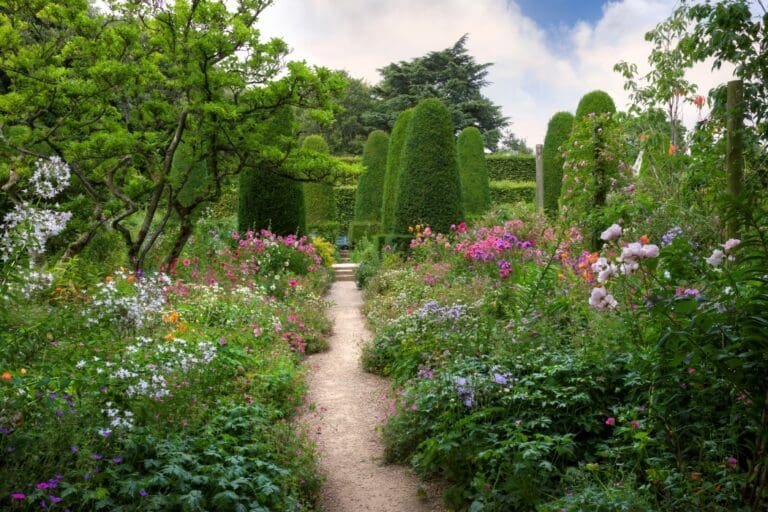
To understand if wild gardens are just a fleeting trend, it helps to examine the evolution of garden styles throughout history.
Gardening has always been influenced by the cultural zeitgeist. Formal Renaissance and Baroque gardens gave way to the more naturalistic English landscape style in the 18th century. The Victorian era saw structured bedding schemes come into vogue.
In the late 19th and early 20th century, the Arts & Crafts movement promoted simple gardens using local plants and materials. This celebrated natural beauty and reacted against industrialization.
During the 20th century, there were several periods favoring wilder, more ecologically minded gardens:
-
1900s – 1930s – The “wild garden” idea is credited to English writer William Robinson who advocated naturalistic planting schemes.
-
1970s – Environmentalism and Japanese zen gardens influenced free-form wild gardens.
-
1990s – Increased interest in native plants and concern over biodiversity loss.
So while the current iteration has contemporary overtones, wild gardens reflect a recurring impulse in gardening history.
Reasons Behind the Wild Garden ‘Trend’
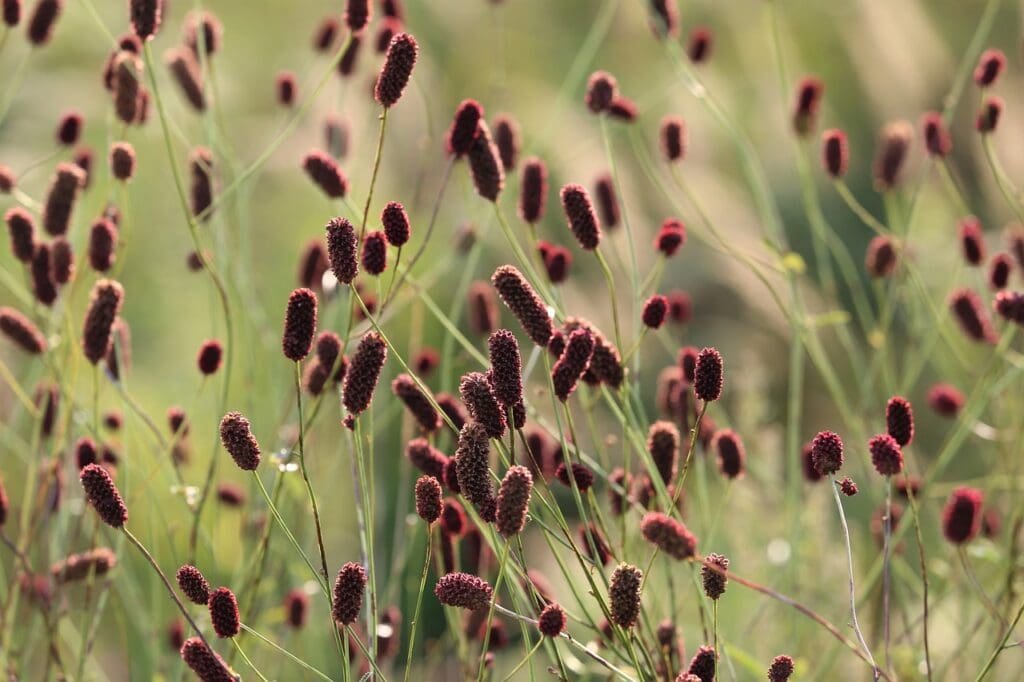
What factors explain the current surge of interest in wild gardening?
Environmental Awareness
Climate change and alarming biodiversity loss have made people increasingly eager to garden in planet-friendly ways. Wild gardens provide habitat, combat extinction, and increase resilience by supporting networks of native plants and wildlife. They represent a shift towards sustainability.
Aesthetic Appeal
Wild gardens have an organic beauty and tranquillity that many find lacking in high-maintenance designs. The textural variety of grasses and perennials is visually appealing. Seasonal changes are celebrated rather than controlled. No-mow lawn alternatives also attract those wanting to break away from the tedium of lawn care.
Mental Health Benefits
Spending time in nature is proven to reduce stress and improve mental wellbeing. The less structured, more immersive experience of a wildlife garden can enhance these therapeutic effects. Mindful gardening is also aided by wilder spaces requiring present-moment awareness rather than control.
Critiques & Misconceptions
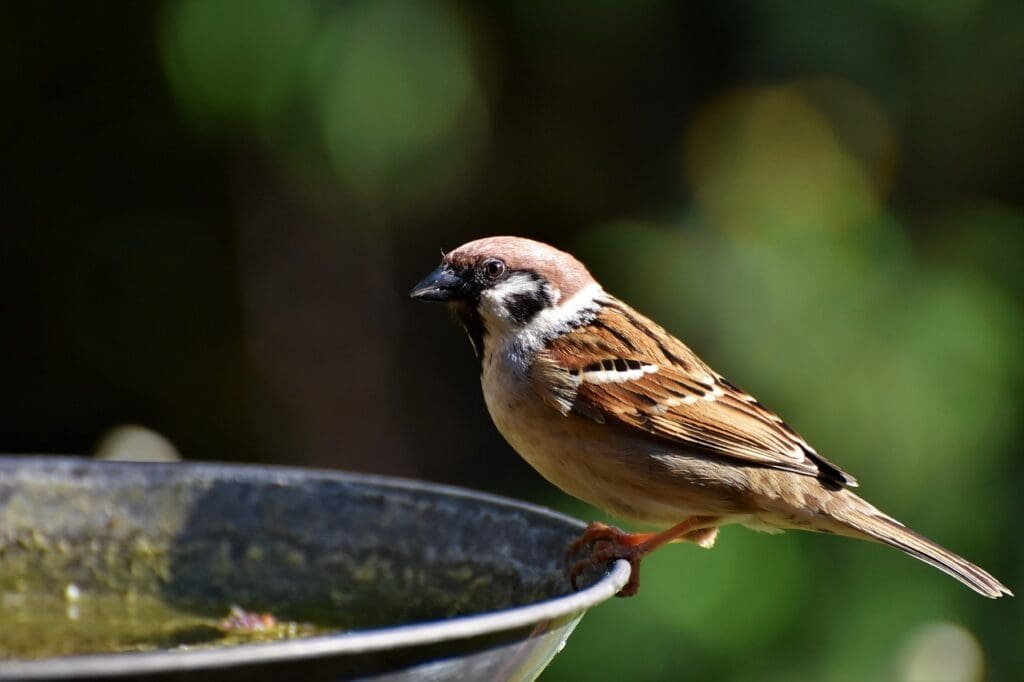
However, wild gardens also receive their fair share of criticism:
Perception of Neglect
Some see wild gardens as messy or unkempt compared to pristine lawn-centric landscapes. But this is a subjective preference, and perceptions are shifting as unmanicured spaces become more widely accepted. The term “rewilding” helps reframe the approach as intentional.
Invasive Species Concerns
Allowing plants to spread freely risks invasive species takeover. Responsible management is required to ensure aggressive colonizers don’t dominate. Promoting growth of native plants helps increase resilience against invaders.
“Wild” vs “Untended”
There is a misconception that wild gardens require no maintenance. In reality, they involve management strategies like selective pruning, division, and removal that work with ecological processes. Allowing nature to take its course requires care and stewardship. An untouched eyesore does not constitute a wild garden!
The Future of Wild Gardens
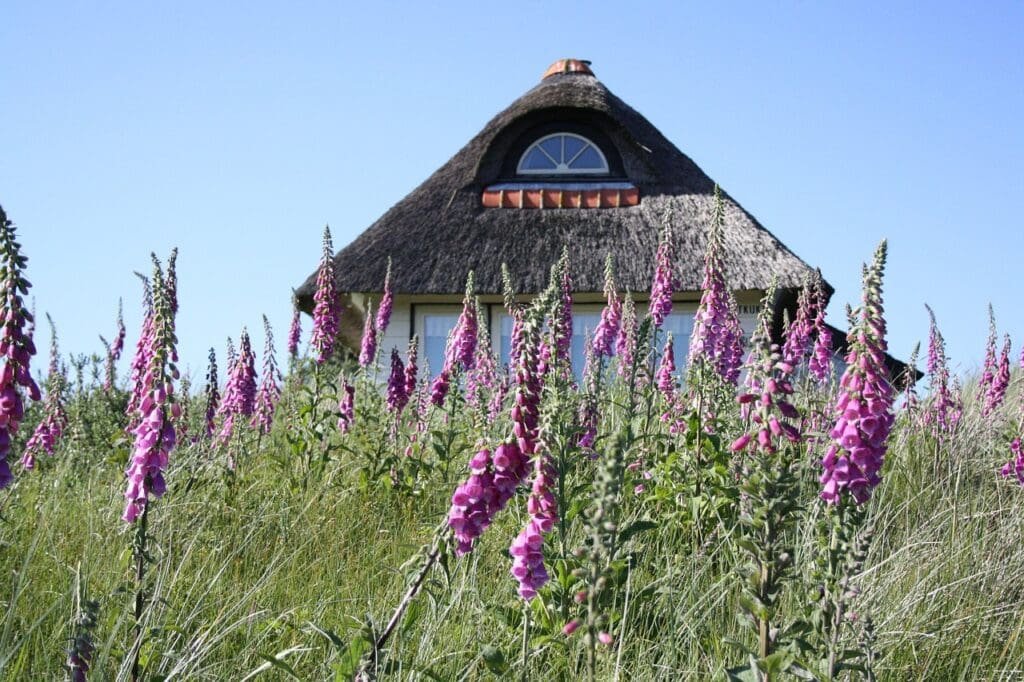
Wild gardens appear more than a fleeting fad due to several key factors:
Environmental Imperatives
Climate change makes wild gardening a practical necessity not merely an aesthetic preference. By supporting biodiversity, wild gardens provide ecological protections that will only grow more urgent.
Integration into Mainstream Gardening
Aspects of wild gardening are increasingly being adapted, even in conventional spaces. For example, tolerance for unmown grass areas is rising. More people are incorporating native plants, rain gardens, and other natural elements.
A New Gardening Paradigm
Rather than a niche trend, wild gardens represent a philosophical shift valuing ecology and sustainability over aesthetics alone. Even smaller steps like leaving seed heads for birds support this paradigm.
As environmental awareness grows, wild gardening principles seem likely to become integral to gardening as a whole.
Final thoughts
Gardening, like all arts, goes through periods of rising and falling popularity of styles. The wild garden has recurred multiple times in history. But the current revival goes beyond aesthetics and taps into urgent needs to heal the planet.
This paradigm shift towards gardening with rather than against nature appears a lasting change. Wild gardens offer solutions to modern challenges, providing biodiversity, carbon sequestration, and resilience. With such purpose beyond novelty, wild gardening seems far more than a fleeting trend.
Elements of wild design seem poised to become engrained into mainstream gardening as we move towards greater ecological harmony. Though individual styles come and go, the wild garden’s core philosophy may well change gardening for good.
How can you get started?
Interested in bringing more wildness into your own garden? Start by incorporating native plants, leaving some areas unmown, or installing eco-friendly features like rainwater harvesting. You don’t need a total re-landscape to make a difference!
Want guidance on creating your own wild garden? Check out our tips for designing a wildlife friendly space, choosing the best plants for pollinators, and maintaining a naturalistic garden.
Let your garden grow a little wilder and see the environmental and mental health benefits!

